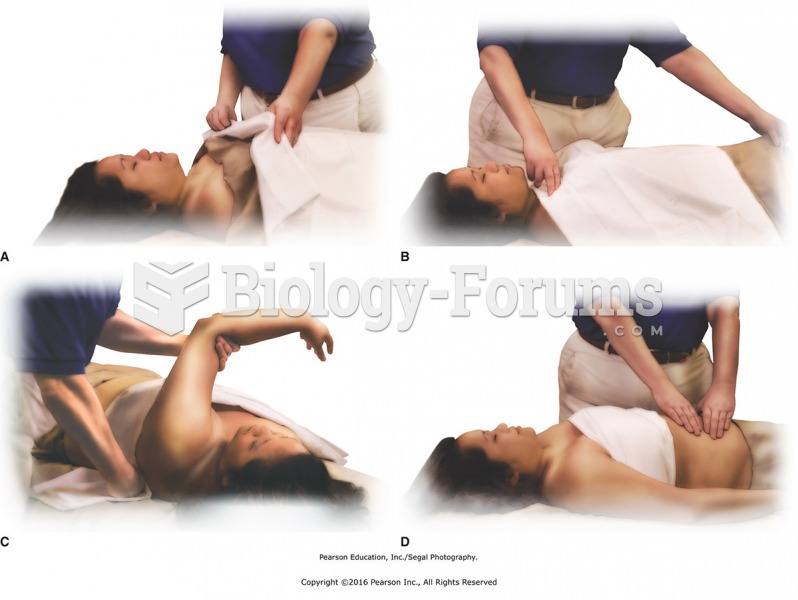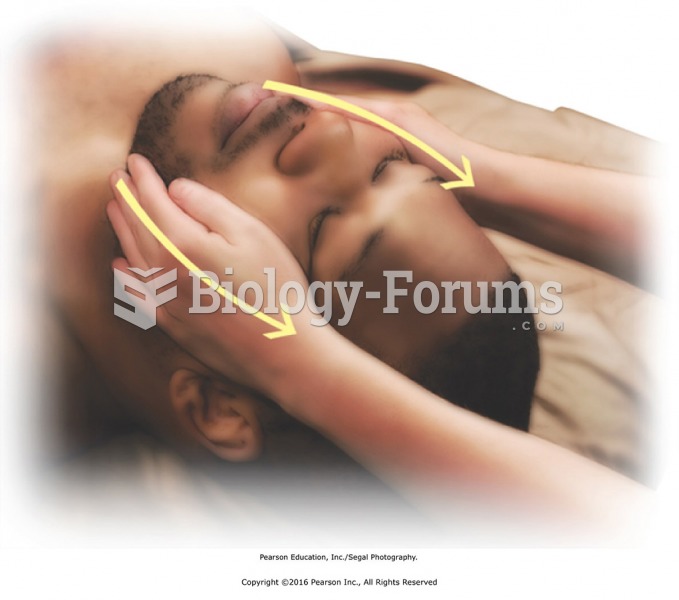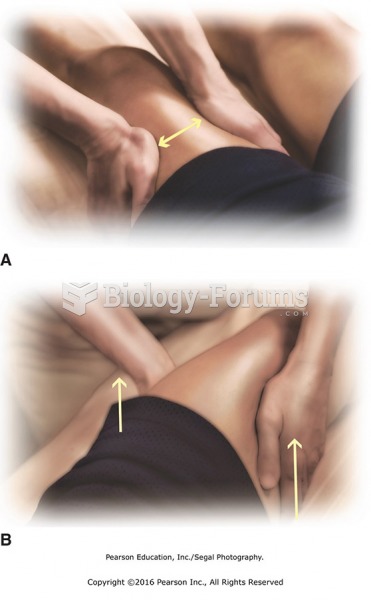|
|
|
According to the National Institute of Environmental Health Sciences, lung disease is the third leading killer in the United States, responsible for one in seven deaths. It is the leading cause of death among infants under the age of one year.
The use of salicylates dates back 2,500 years to Hippocrates's recommendation of willow bark (from which a salicylate is derived) as an aid to the pains of childbirth. However, overdosage of salicylates can harm body fluids, electrolytes, the CNS, the GI tract, the ears, the lungs, the blood, the liver, and the kidneys and cause coma or death.
Pregnant women usually experience a heightened sense of smell beginning late in the first trimester. Some experts call this the body's way of protecting a pregnant woman from foods that are unsafe for the fetus.
Illicit drug use costs the United States approximately $181 billion every year.
Blood is approximately twice as thick as water because of the cells and other components found in it.
 Draping for a woman’s chest. A. Place a towel over the sheet on the upper chest. B. Hold the towel ...
Draping for a woman’s chest. A. Place a towel over the sheet on the upper chest. B. Hold the towel ...
 Apply effleurage to face with palms. Place the hands gently on the face with fingertips at the jaw. ...
Apply effleurage to face with palms. Place the hands gently on the face with fingertips at the jaw. ...
 To broaden and lift the quadriceps muscles, place the heels of the hands together directly on top of ...
To broaden and lift the quadriceps muscles, place the heels of the hands together directly on top of ...




